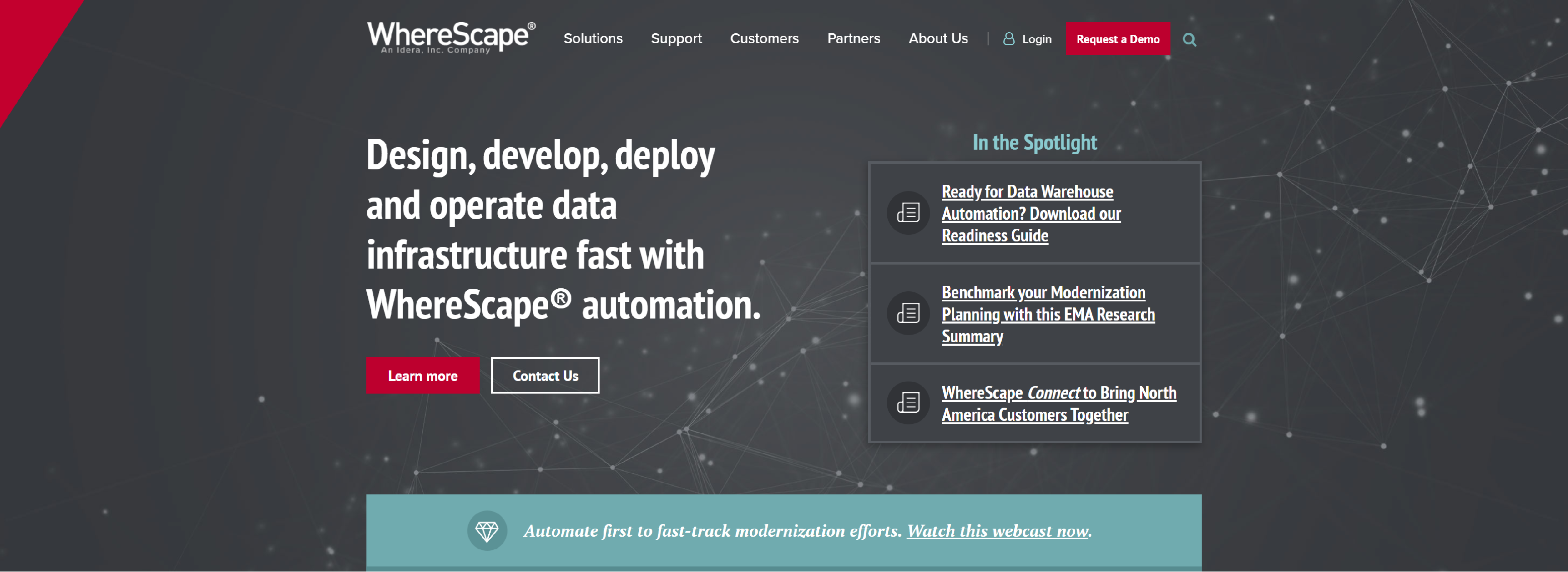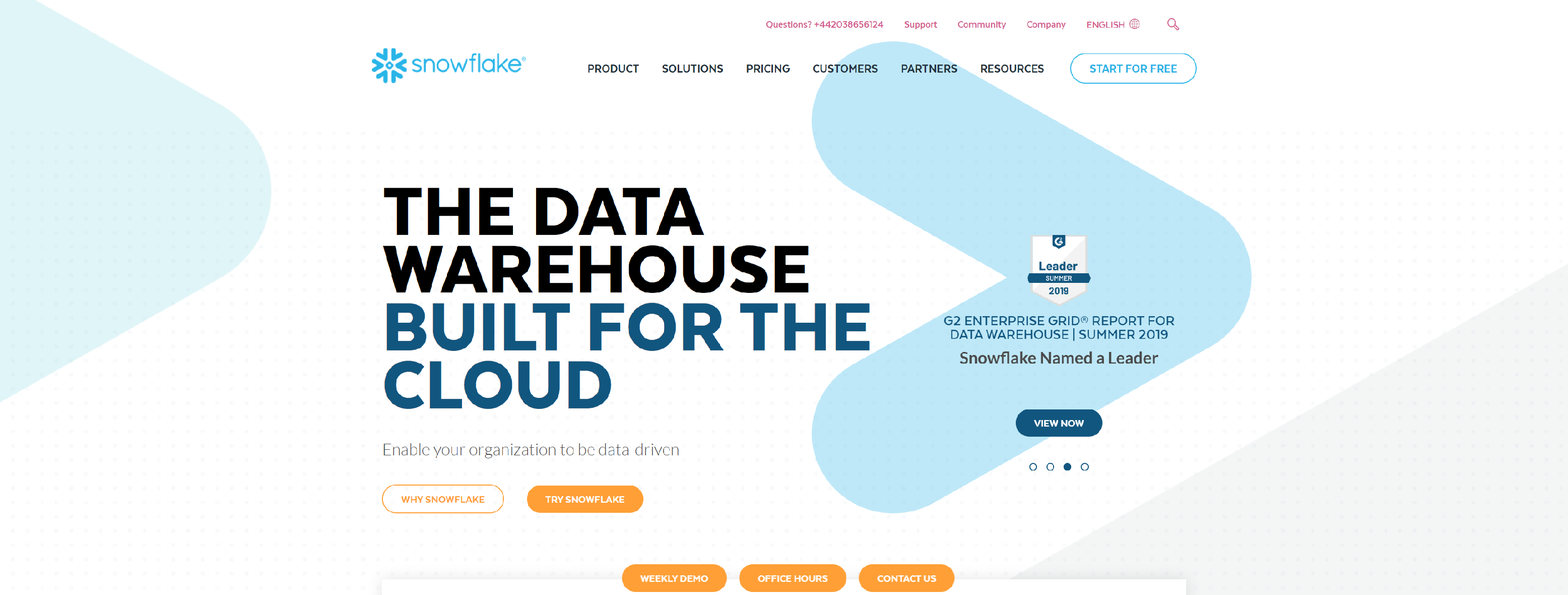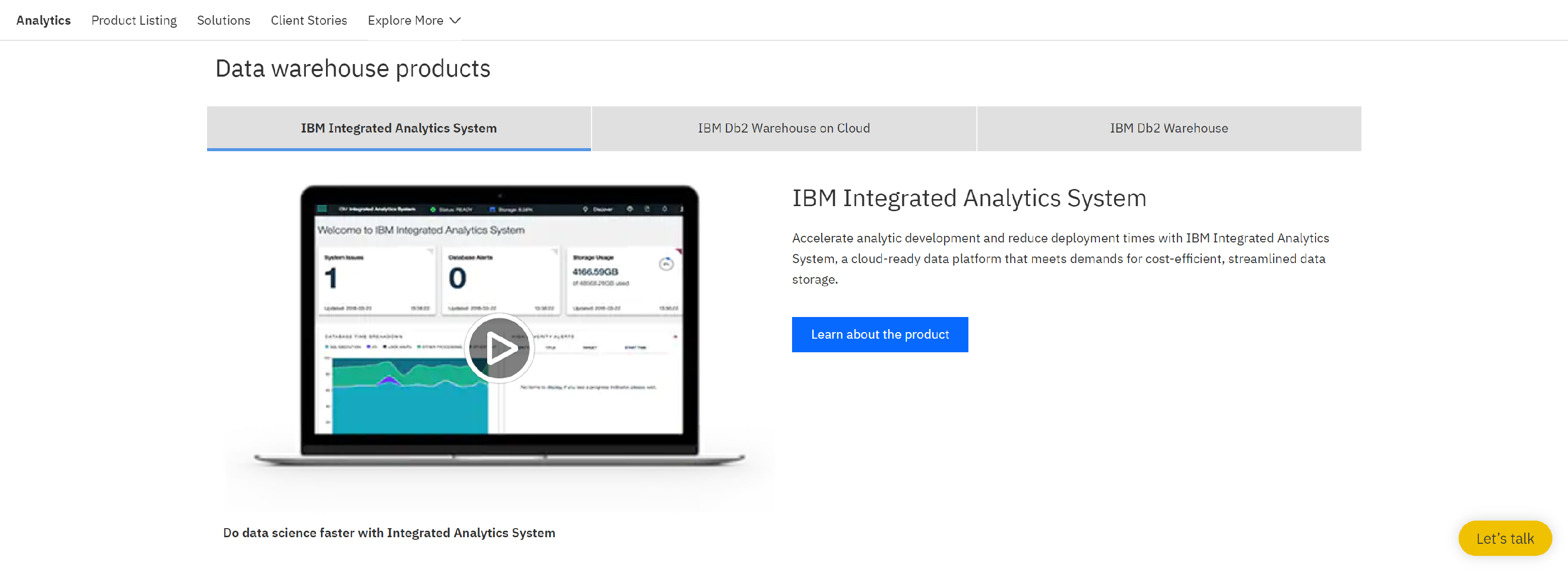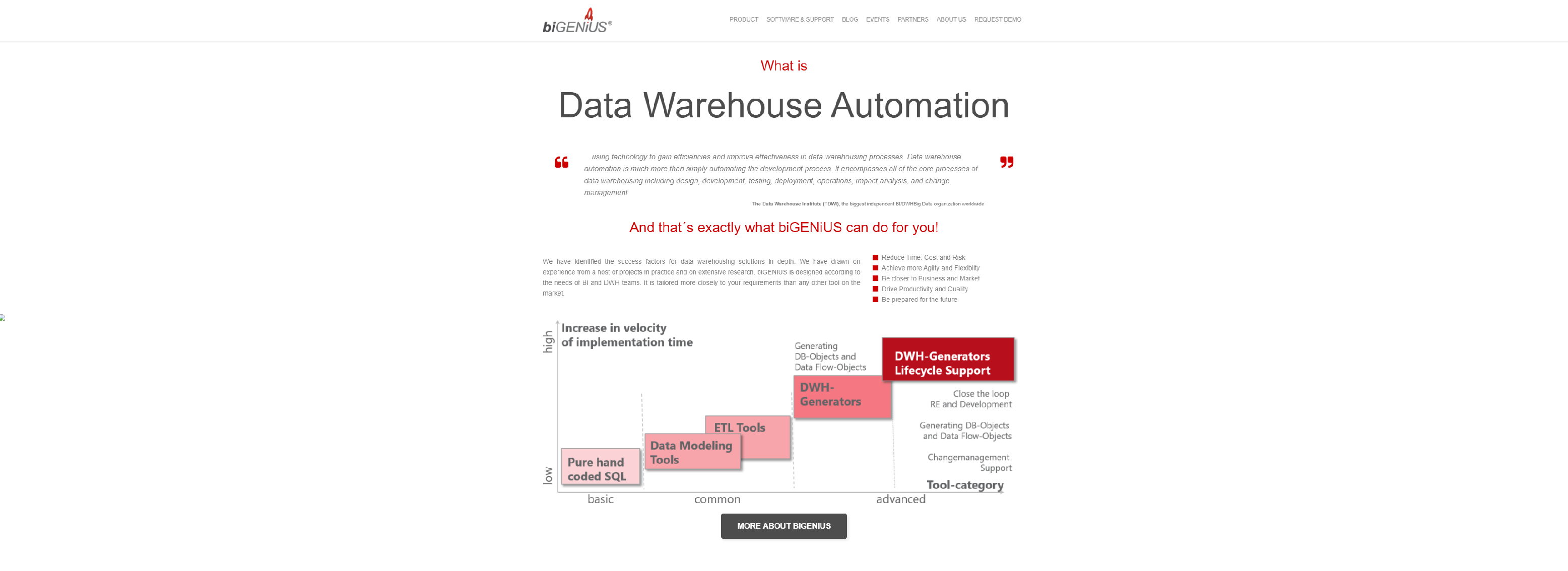An Enterprise data warehouse (EDW) is a mass data storage unit used for a business or company (an enterprise). In the same way a regular data warehouse stores data, cleanses it, and transforms it, so does an Enterprise warehouse. The difference between an original data warehouse and an Enterprise warehouse is that the Enterprise storage serves as a central storage unit – whereas an original data warehouse stores data for only a certain portion of a business network.
Enterprise data warehouse architecture refers to the components of an enterprise data warehouse. The architecture of a home refers to the materials used to make it: wood, siding, roofing, glass windows, screen doors, steps, brick underpinning, etc. In the same way, data architecture refers to the elements that constitute the centralized data storage unit for a business or company. There are five necessary elements for an Enterprise architecture:
- Single version of data
- Multiple subject areas
- Normalized Design
- Mission-Critical Environment
- Scalability across several dimension
Businesses should have a single version of data. Most businesses have numerous operations that must run in order for the business to stay alive. To keep the information centralized and well-contained, there should only be one data storage unit for all of the company information. Next, a business should have multiple subject areas. A business cannot run only billing operations but no payment operations or an ordering operation but no shipping operation. Businesses should have clearly-defined operations, each distinct from one another, that all run at the same time. The running of several applications at once is what keeps the business at the top of its game.
Normalized design refers to the architecture of the Enterprise storage unit. Enterprise storage units are centralized and distinct from individual data warehouses. Data warehouses usually come with either a snowflake or star schema, while enterprise storage units do not. According to the Enterprise data warehouse definition, Enterprise storage units are more complex data networks than data warehouses; the last thing an Enterprise storage needs is a complex structure this will only add to the complexity of the system and make it harder for businesses to maintain their data storage. Instead, complex storage units such as Enterprise storage units should have a more simple structure, such as a normalized design.
A mission-critical environment is also a significant component of an EDW. A mission-critical environment has all the preventive security measures in place to keep the data network from being destroyed by a virus, hacking incident, etc. Three major types of preventive measures include (1) high availability features, (2) business continuance features (failover, disaster recovery), and (3) security features.
The last major component of an EDW is its scalability across several dimensions. Scalability refers to the freedom of computer users to have their questions answered. Scalability has often been defined by the amount of data a network has, but scalability also involves queries. Computer users ask questions online every day about life, how things work; some even ask questions about things that most individuals would not even think about. It is these “freedom queries” that computer applications must be ready to handle.
An enterprise data warehouse should be owned and operated by every business that seeks to handle day-to-day operations of various tasks. A multi-component business needs a multi-component data network.
WHERESCAPE

WhereScape’s data warehousing automation software speeds up data infrastructure time to value to give business leaders the data they need now.
- Empower your organization to be data driven with a central source for extracting insights
- Give users the specific subject areas they need and deliver them quickly with automation
- Easily deliver 2.0 enabled data vaults for greater adaptability to change and growth
- Harness the cloud for all or part of your data infrastructure to gain more and pay less
- Integrate big data with other enterprise data sources for comprehensive insights
- Integrate streaming data within your data infrastructure to open up new analytics opportunity
ASTERA

Capitalize on the data advantage with our high-performance data management solutions that offer optimum usability, exceptional performance, and automation.
- Integrated, Code-Free Interface for Data Warehousing
- Intuitively Model Business Data in the Built-in Model Designer
- Insulate Users from the Technicalities with an Abstraction Layer
- Automatically Manage Slowly Changing Dimensions
- Derive Greater Performance with Push-Down Optimization (ELT)
- Connect to a Wide Range of Sources and Destinations
- Export Data Directly into Visualization Software
- Analyze Data Lineage and Impact
- Ensure Data Readiness with Built-in Modules
- Generate Integration Flows with One Click
SNOWFLAKE

Snowflake is the only data warehouse built for the cloud for all your data & all your users. Learn more about our purpose-built SQL cloud data warehouse.
- Complete SQL Data Warehouse
- Zero Management
- Diverse Data
- Compelling Performance
- Any Scale of Data, Workloads, and Users
- Failover and Business Continuity
- Broad Ecosystem
- Pay Only for What You Use
- Seamlessly Share Data Across your Organization and Beyond
KLIPFOLIO

Klipfolio is an online dashboard platform for building powerful real-time business dashboards for your team or your clients.
- Analytical data warehouse dashboards
- Strategic data warehouse dashboards
- Present info visually
- Compare data over time
- Reduce costs
- Ensure consistency
IBM

IBM data warehouse offerings provide performance and flexibility to support structured and unstructured data for analytics workloads including machine learning.
- Simplify installation, management and administration
- Drive cloud-ready flexibility
- Better-enable your data scientist
- Gain real-time value with machine learning (ML)
- Access, query and analyze data across your data warehouse and Hadoop
- Reduce disruptions by scaling out incrementally
ZAPBI

ZAP are creators of ZAP Data Hub, ELT data warehouse automation software optimized for Microsoft Dynamics, Sage and Power BI.
- Automate access, integration, and preparation of business data for reporting with zero coding
- Smart data connectors, pre-built data models and analytics for Microsoft Dynamics, Sage, and Salesforce
- Over 100 connectors for other data sources including ERP, CRM, financial systems, HRM, marketing tools, databases, files and more
- Deliver reporting in BI tools including Tableau and Power BI
SAP

Sap data warehousing solutions offer a complete foundation for managing all types of data – no matter the shape or size.
- Agile development
- Support for multiple data types
- Data integration
- Flexible deployment options
BIGENIUS

biGENiUS for advanced big data and data warehouse automation accelerates the development, imroves the agility and reduces costs both in the implemetation and maintenance of analytical data management solutions.
- Be prepared for the future
- Drive Productivity and Quality
- Be closer to Business and Market
- Achieve more Agilty and Flexibilty
- Reduce Time, Cost and Risk
PANOPLY

Panoply is the only all-in-one data platform built for analytics, that automates all three key aspects of the data stack: data ingestion, data management, and query performance optimization.
- Combine any software usage metrics data
- Automate storage and query optimization
- Connect product data sources to any BI tool